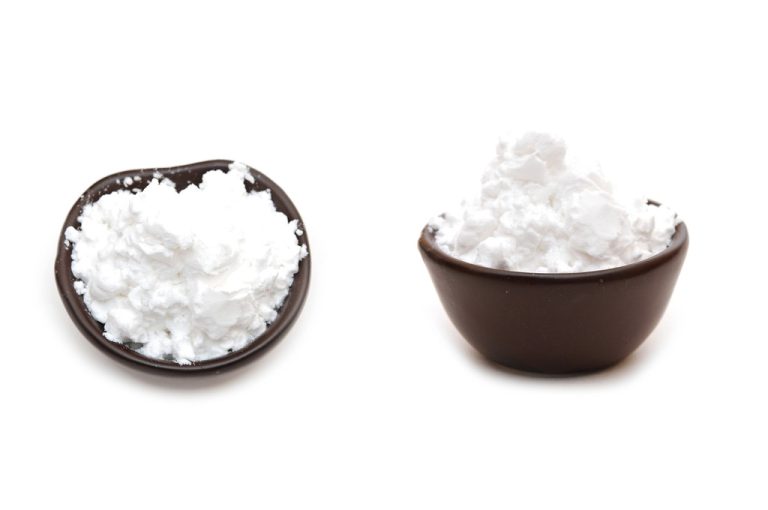Resistant starch has been the subject of increased research since the 1980s and is said to bring some benefits to a healthy diet. Here you can find out what resistant starch is and why it is healthy.

What is Resistant Strength?
Resistant starches (RS) are subspecies of normal cornstarch. Due to their chemical composition, resistant starches are not, or only partially, digested in the small intestine. It therefore has the properties of dietary fiber. Dietary fibers are not digested, but they ensure that your digestion functions smoothly. They also regulate blood sugar levels.
The benefits of resistant starch
Resistant starch enters the large intestine undigested. There it is fermented by bacteria. This process produces a particularly large amount of butyrate, a bacterial metabolite that supports healthy intestinal flora and protects the intestinal wall and its cell walls.
According to some studies, for example by Cummings et al (1996), the consumption of resistant starches has been shown to support intestinal functions and lead to a healthy metabolism.
In addition to the effect on the intestinal flora, resistant starch is also said to help regulate blood sugar levels. According to some studies, it can help keep blood sugar levels low and improve insulin sensitivity.
Which foods contain resistant starch?
There are some foods that naturally contain resistant starch. These include, for example:
whole grain products
bananas
potatoes
legumes
beans
rice
Corn
With a balanced diet, you consume between three and six grams of resistant starch per day. The more processed the foods and the fewer raw fruits and vegetables you eat, the less resistant starch you get from the diet.
However, many studies on the health-promoting effects of resistant starch have been carried out with a daily intake of up to 40 grams of RS per day. Researchers are currently interested in developing processes to add resistant starch to everyday foods.
Special cooking methods to produce resistant starch
According to the BZfE, a study carried out by scientists in Sri Lanka found that the proportion of resistant starch in rice increased tenfold when it was cooked in a certain way.
For this, the rice was cooked with a spoonful of coconut oil for 20 to 25 minutes.
Then the rice should be kept in the refrigerator for twelve hours.
This process converts normal starch into resistant starch. In addition, the calorie content of rice decreases by more than half.
The results of the study suggest that other starchy foods, such as pasta or potatoes, can be manipulated to make them healthier for us through certain cooking methods.

Uses of resistant starch
Scientists and food experts are currently working on the production of foods that contain a lot of resistant starch without special cooking methods. For example, it would be possible to enrich many foods that are actually considered unhealthy with RS, such as:
White bread
breakfast cereals
cookies or cakes.

